

For an energetic woman such as Debra Sites, working two jobs requires little or no effort. Debra’s been styling hair for 32 years, since she graduated from a vo-tech cosmetology program through her high school. For the past 15 years, she has also owned her own housecleaning business, which currently services 35 accounts.
“I really enjoy doing hair,” Debra, 58, admits. “I’ve been working at an assisted living facility for seven years and I love my customers. They’re wonderful. I really like working with older people. I’ve always had an older clientele, including the ladies who come every Friday for a shampoo and set. They’re like family to me.
“I got into the cleaning business through the hair salon where I was working at the time. One of my customers was cleaning houses and asked if I was interested in helping her and making some extra money. I helped her through her busy season, but then she didn’t need me anymore.
“All the ladies at the salon knew I had been helping the woman clean, and one lady asked me if I would take on her and her three neighbors as clients. My business just snowballed from there. I never advertised. When my oldest son wanted to go to medical school, I started cleaning a lot more houses to help him through college.”
Up until a year ago, Debra was extremely active outside of work as well, regularly biking, running marathons and participating in boot camps at the YMCA. That all came to a halt in a single moment one morning.
“I reached for a glass in the cupboard but must have turned the wrong way,” she recounts. “I heard a snap, then felt an incredible pain in my back. It was so bad that I became sick to my stomach and started throwing up. I ended up in the emergency room. They said my back was degenerating and full of arthritis, and gave me pills.
“Later, I went to an orthopedic doctor who said, You’ve got arthritis and are probably going to need a new hip in a few years. Here’s some medicine. Call me when you’re ready for surgery. He offered no real relief for me. The medicine helped some, but I couldn’t do things with my two little grandchildren, such as walk around Walt Disney World because I was hurting so much.
“The pain was constant and very sharp, and it felt like I couldn’t put weight on my left leg. With my hip the way it was, bone on bone, it felt like my leg was going to give out on me. Everything I tried to do was an effort, but I continued to work. While cleaning, I leaned on people’s counters and vacuum cleaners. But to walk, I had to use a cane.”
At that point, Debra couldn’t run or go to the gym to work out. And she couldn’t ride her bicycle because she couldn’t lift her leg up and over the bike to mount it. But Debra wasn’t interested in surgery. She wanted to find an alternative. Several of her customers recommended Jeffrey P. Johnson, DC, of Johnson Medical Center in Venice.
Dr. Johnson specializes in a protocol for back and neck pain called Sedative Stretching, which is an expanded and comprehensive form of Manipulation Under Anesthesia, or MUA.
“Debra’s chief complaint was lower back pain that radiates into her left pelvic region down the front of her thigh into her left knee and shin,” Dr. Johnson relates. “Her pain, which she describes as shooting, was moderate to severe, ranging from three to 10 on a scale of zero to 10.
“Debra’s pain was aggravated when going from a sitting to a standing position, and by standing, walking and performing typical activities of daily living. It was alleviated by using a cane, walker or shopping cart when walking. Debra wished to avoid surgery, so I recommended Sedative Stretching.”
Flexibility Lost
Many people with painful muscle and joint conditions can benefit from Sedative Stretching. Ideal candidates are those with conditions such as unresolved neck and back pain, herniated discs, spinal stenosis, sciatica, frozen shoulder, acute and chronic muscle spasm, headaches and failed back surgery syndrome. The procedure, he says, can also benefit people who want to regain lost flexibility or those “sick and tired of being stiff and sore.”
“It’s best for people to address the cause of their condition as early as they possibly can,” Dr. Johnson stresses. “The chronic stiffness, tightness and pain cause excessive wear and tear on the joints of the spine and extremities, resulting in permanent degeneration and arthritis.
“People start losing flexibility after minor injuries incurred during their typical daily activities result in chronic, low-grade inflammation. Many times, this occurs in early childhood and is a long-forgotten event. But over time, these injuries develop into severe and sometimes debilitating conditions.”
Inflammation is part of the body’s natural healing process during which a mesh of connective tissue, commonly known as scar tissue, is laid down. Over time, layer upon layer of scar tissue can form in the muscles, tendons and ligaments around the joints, restricting the joints’ ability to move properly. These layers of scar tissue are called adhesions.
The symptoms and warning signs generally associated with adhesions include the slow and insidious loss of flexibility, as well as an increasing achiness and soreness. Most people will attribute this to normal aging. While it’s very common to become stiff and sore with age, it’s not normal.
“Although they don’t always realize it, people will compensate how they move their bodies when this occurs,” Dr. Johnson observes. “This is evident everywhere while watching the way people walk, bend, twist and turn.
“Regrettably, many people wait until significant damage from excessive wear and tear has occurred before seeking appropriate care. Often, people will utilize over-the-counter and prescriptive medications, which help alleviate their symptoms. Unfortunately, this gives the patient a false sense of being cured while the underlying scar tissue continues to cause excessive damage.”
Freeing Adhesions
During Sedative Stretching, the patient is put under light sedation, often called twilight sedation. With the patient relaxed, the affected joints are brought through their normal full range of motion, freeing adhesions that have developed between the joints and trigger pain.

“While the patient is sedated, we use light, comprehensive stretching techniques,” Dr. Johnson informs. “Since we don’t have to contend with tense, guarded muscles, we are able to free up the scar tissue and mobilize the joints without causing the patient any discomfort. This would be impossible to do without the use of sedation.”
Coordinating the Sedative Stretching procedure is a highly trained team of medical professionals. Generally, there are multiple health care providers present, including an anesthetist and several nurses. Patients usually require one procedure; it is rare that patients require a second procedure to fully address their condition.
“By following the recommended exercises, patients regain the flexibility they had decades before, and they generally return to activities they haven’t done in years,”
Dr. Johnson points out. “This is truly correcting the original cause of their conditions.”
By explaining the benefits of Sedative Stretching and the process he follows in administering it, Dr. Johnson immediately earned Debra’s trust.
“Dr. Johnson is the kindest, gentlest soul, and so genuine,” she describes. “He did x-rays and took his time trying to understand what was going on with my back. Where the orthopedic doctor said, You’re degenerating, Dr. Johnson really tried to figure out what was happening inside.
“I really believe that if Dr. Johnson couldn’t help me he would’ve been honest and told me he couldn’t do anything for me. I wanted to be able to do things with my grandchildren, such as get down on the floor with them and take them to the park, so I agreed to try Sedative Stretching.”
Grassroots Campaign
For part of the workweek, Ryan Bohley gets to be his own boss. Most days, Ryan works for the family landscaping business, Bohley’s Lawn and Maintenance, alongside his father.
Ryan, who has known Debra since he was a child, is well-versed in the business. He has been involved with it in one capacity or another since he was young.
“My dad and grandparents ran the business when I was young, and I’ve been around it doing whatever I could since I was 10 years old,” says Ryan, 30. “It’s an easy job for me. I like being outdoors.
“The job primarily involves cutting grass, but at some homes I also trim bushes. For certain monthly customers, I do everything, including spraying the weeds. It all depends on what the customer wants.
“When my grandparents retired a few years ago, I took over the yards that they still serviced. They only had about 10 left. Now, I have 50 accounts to myself, and between my dad and me, we do 125 to 130 yards a week. I work by myself a couple of days a week.”
The successful landscaping business keeps Ryan hopping, but last summer, he experienced a painful episode with his feet that nearly stopped him in his tracks. The pain decreased his mobility, which interfered with his job and favorite pastimes.
“There was pain in my right heel that was so bad that I could hardly walk,” Ryan describes. “The pain felt like a knife or needle going into my heel. Sometimes, the pain went up my leg, so we thought the problem was sciatica.
“The pain started out in one heel, then it affected both heels. When I first started having the pain, it didn’t occur very often. My heel would hurt for a day, then the pain would go away. Then, all of a sudden, I started feeling the pain every single day.
“In addition, I had soreness and stiffness in my lower back. It would get really tight and sore, and I had trouble with flexibility, but my back wasn’t as painful as
my heels and leg.
“I felt good after my Sedative Stretching procedure. I could tell the difference right away. I was able to get up and move.” – Ryan
“For fun, I like to play golf and slow-pitch softball, but I had to give up those activities. I probably went a couple of months when I didn’t play any sports or do anything due to the pain.”
Because Ryan had pain in his back and leg, he was convinced he had sciatica. He thought a chiropractor could help him, so on a friend’s recommendation he visited Dr. Johnson, who took x-rays and evaluated Ryan’s condition.
“Ryan reported persistent lower back and pelvic pain that radiated into his right knee and heel,” Dr. Johnson comments. “He described the pain as sharp, shooting and sore, and he rated it an eight on a zero to 10 scale. Ryan’s pain was aggravated by sitting, running, walking, coughing, sneezing, lifting, bending and twisting. It was worse in the morning, with activity and after work.”
Initially, Dr. Johnson tried to correct Ryan’s condition using more traditional therapies. When those failed, Dr. Johnson recommended Sedative Stretching.
“Dr. Johnson pinpointed the problem and tried to relieve my pain as quickly as possible,” Ryan relates. “For probably the first three or four months, Dr. Johnson performed laser treatments and chiropractic adjustments on me. Those treatments helped, but the relief didn’t last long, maybe a day or day and a half. By the next day, the pain was back pretty strong. Eventually, we talked about Sedative Stretching. I underwent the procedure on February 13.”
Instant Results
Debra and Ryan had different experiences immediately following their Sedative Stretching procedures. But they responded similarly to the follow-up rehabilitation process.
“I felt good after my Sedative Stretching procedure,” Ryan states. “I could tell the difference right away. I was able to get up and move. Now, I can bend and touch the floor almost flat with my hands, which I couldn’t do before. I obtained a lot more flexibility and have almost no pain, just a tiny bit if I move a certain way. And I have no pain in my heels.
“The rehabilitation went well. I went for the scheduled appointments throughout the week following my procedure, and I performed the stretching as they instructed. It made me feel pretty good.”
Debra underwent Sedative Stretching on March 12, but her reaction immediately following the procedure was much different.
“At first, I had a hard time moving around,” she says. “But then Dr. Johnson had me lift my feet and walk in place to get my hips moving. He told me I was fine and to go home and rest. He would see me in his office that afternoon. By that time, I felt 90 percent better.
“I can’t tell you how much the weekly visits for physical therapy have helped me. The physical therapist understands the process and keeps me stretched out. At first, I had a hard time walking, but the therapist realized that if I carry something heavy in my hands I walk better. He gave me weights to hold while walking, and that helped unbelievably.
“A week ago, I returned to the orthopedic doctor for a follow-up visit. He said, Whatever you’re doing, keep it up. You’re doing great. It’s unbelievable how much they’ve helped me at Johnson Medical Center.”
Ryan says his treatment at Johnson Medical Center was “definitely a success.”
“I feel pretty good now,” he admits. “If I do something that irritates my condition, I get a little bit of pain, like a one or maybe a two on the worst days. But for the most part, I don’t have any pain. “A couple of weeks after my Sedative Stretching procedure, I started golfing and playing softball again.”
Ryan is so pleased with his outcome that he recommended Dr. Johnson and Sedative Stretching to others.
“When Debra was having issues with her back, I was one of the people who told her to visit Dr. Johnson,” Ryan notes. “When she saw how much of a difference his treatment made for me, she said, I think I’m going do that. I’ve told two other people about him as well.”
Like Ryan, Debra has also returned to activity. She gave up running because the pounding and jarring isn’t good for her back. But she’s doing yoga three days a week and is back to regularly riding her bike.
“I’m still going to physical therapy at Johnson Medical Center twice a week, and that’s continuing to help,” she says.
“All this started because I had to do something. I didn’t want to keep living in pain. I thank God that I found Dr. Johnson because I really don’t want surgery.”




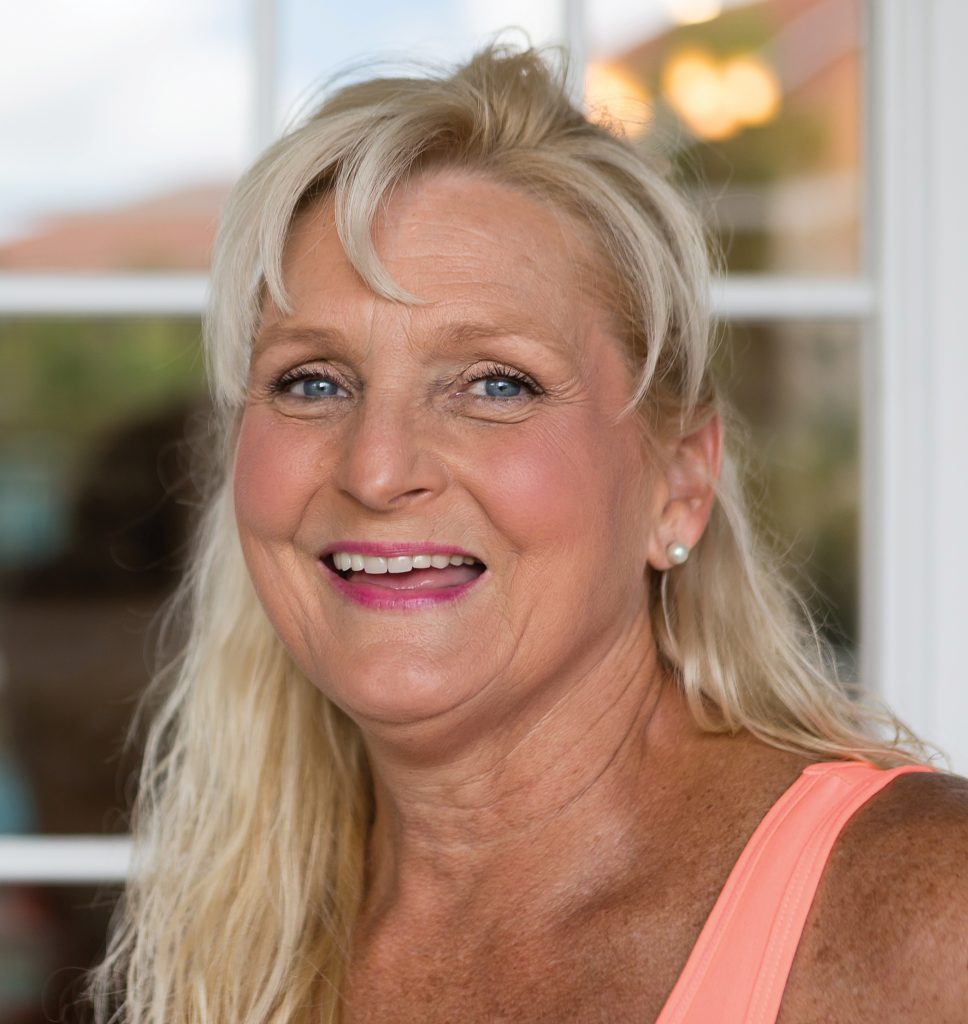
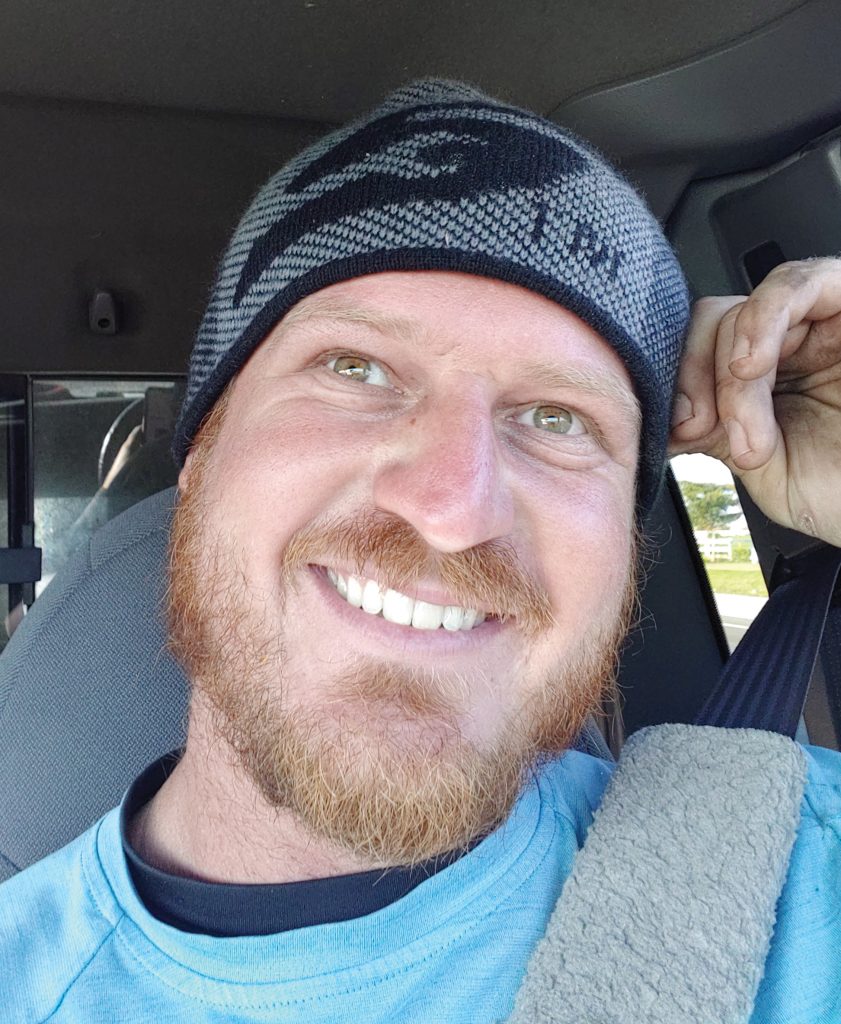
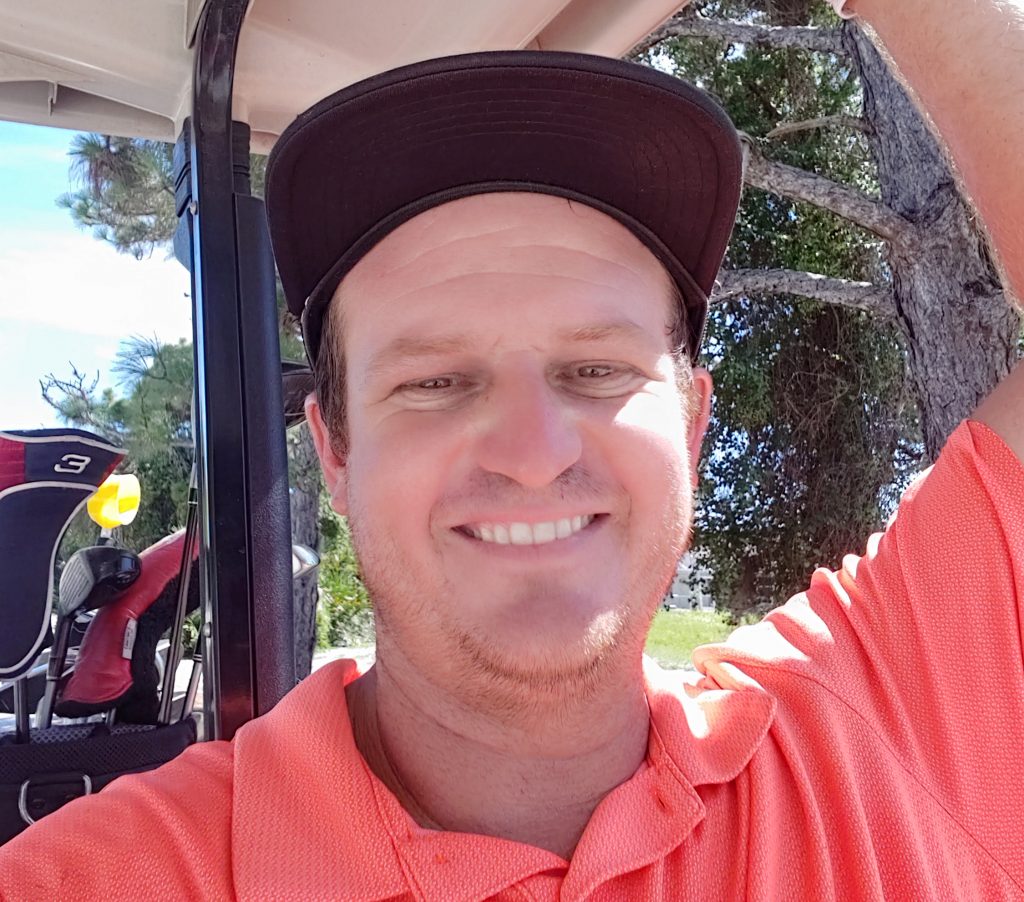
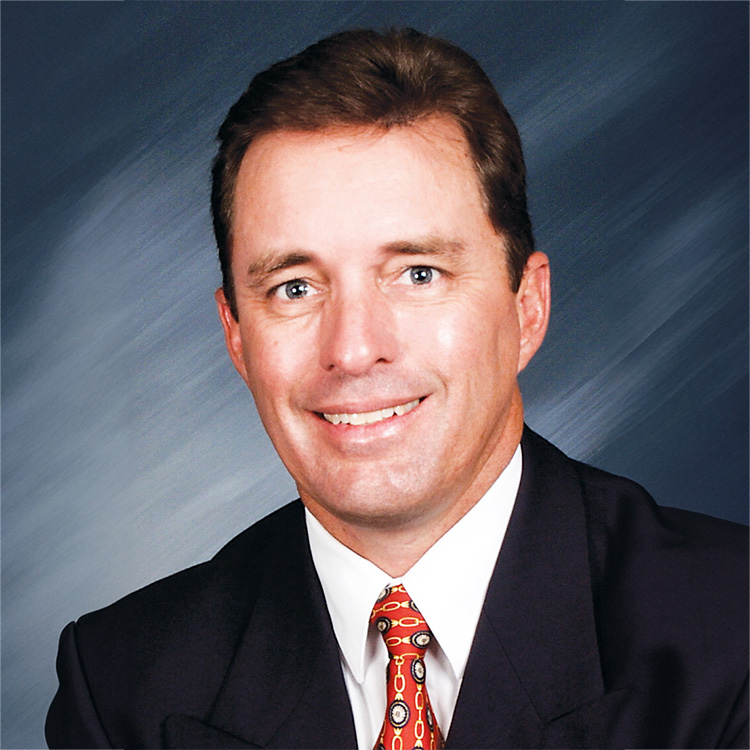
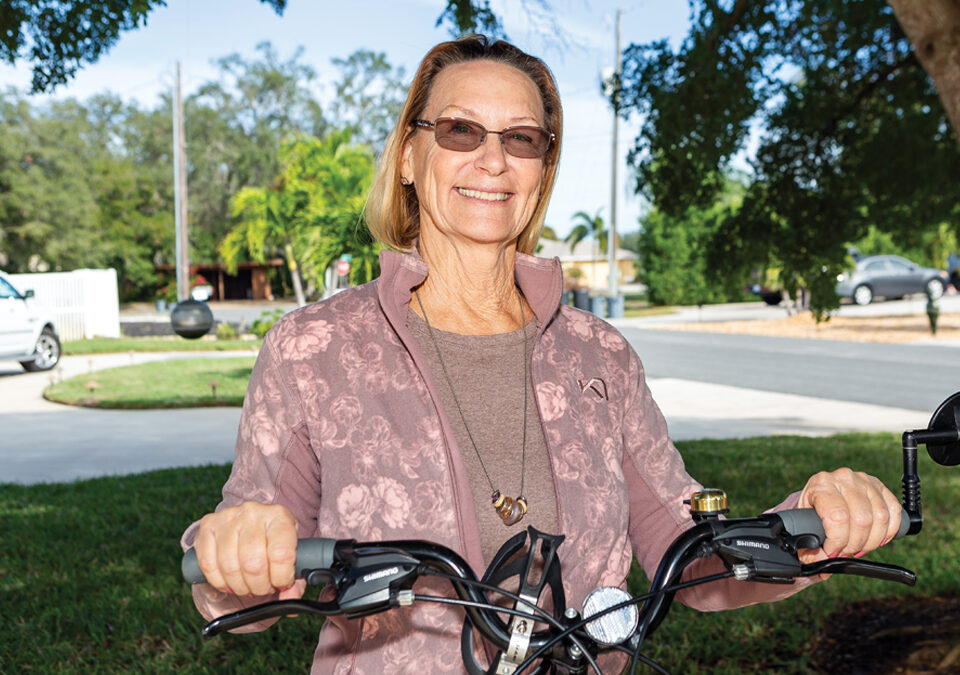
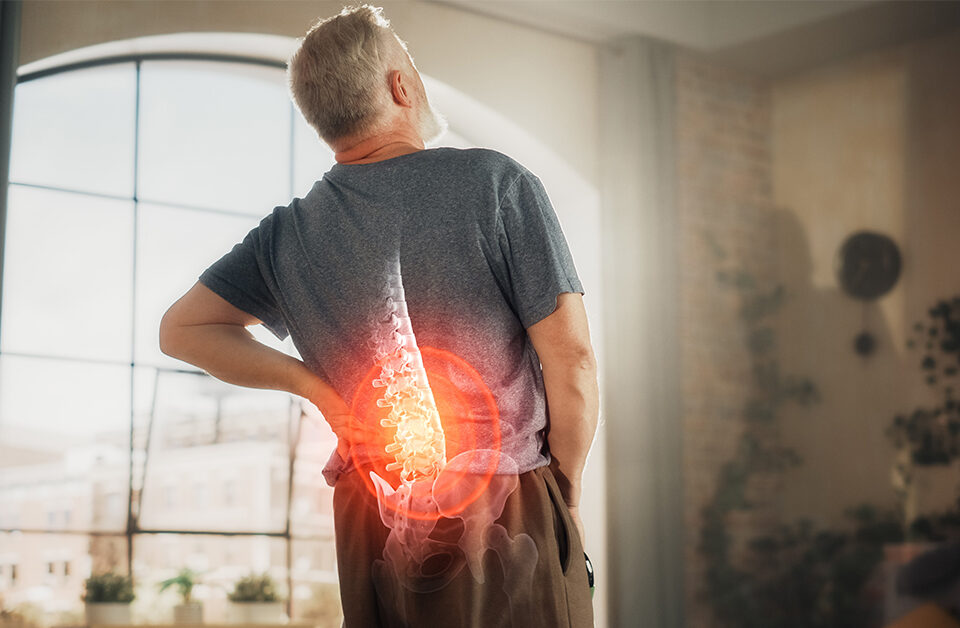
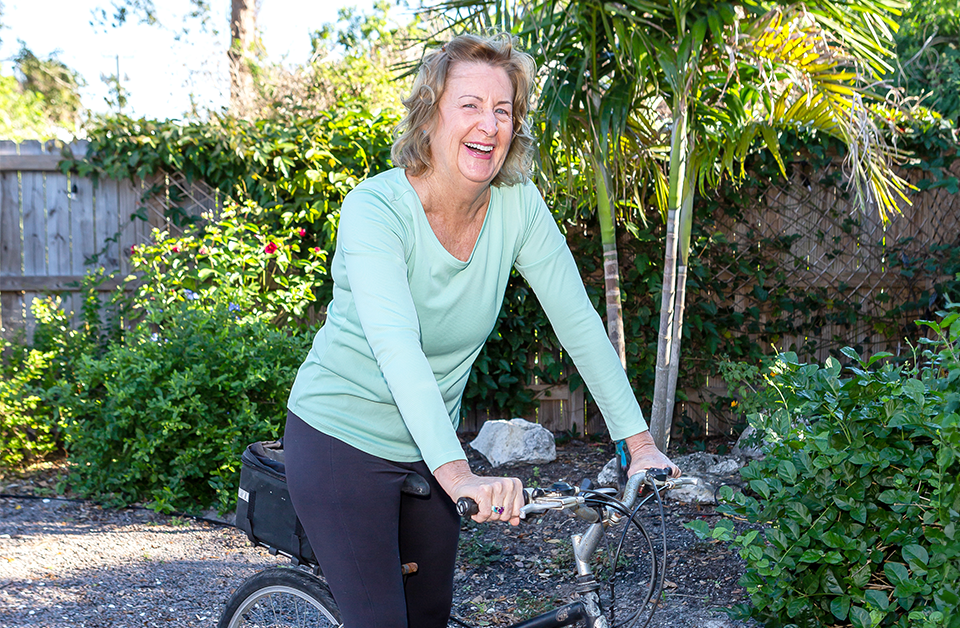
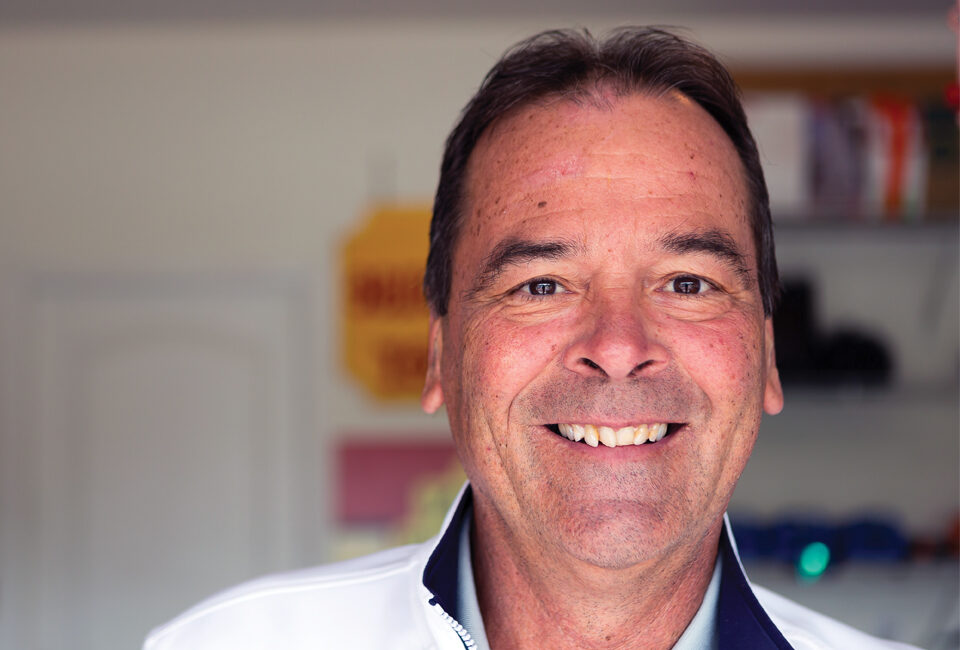

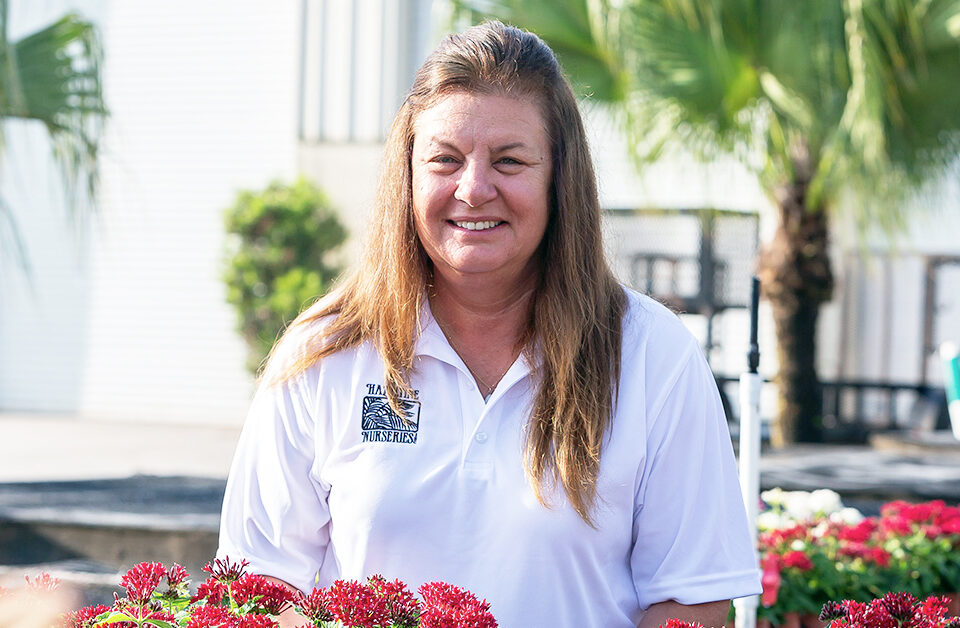
Leave a Reply